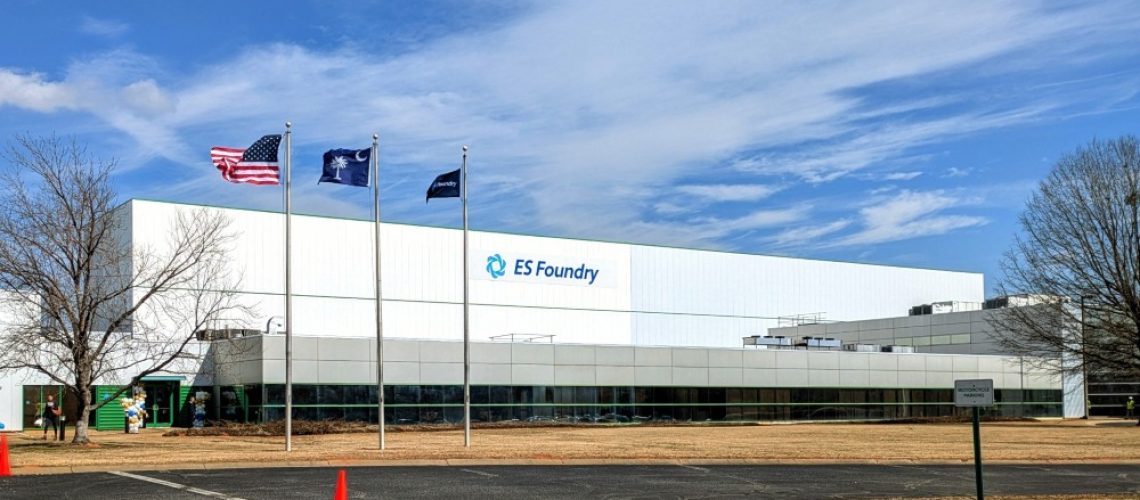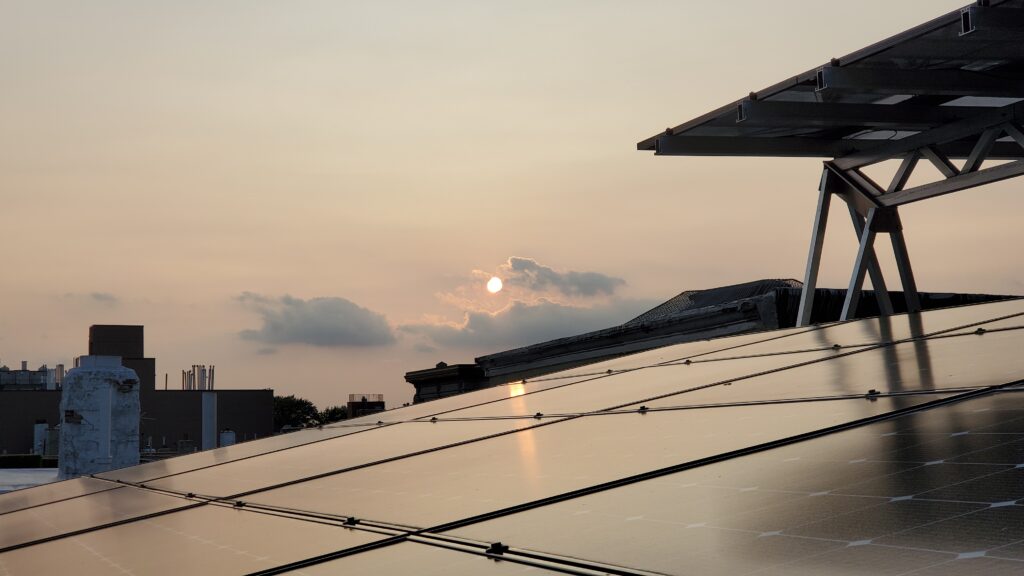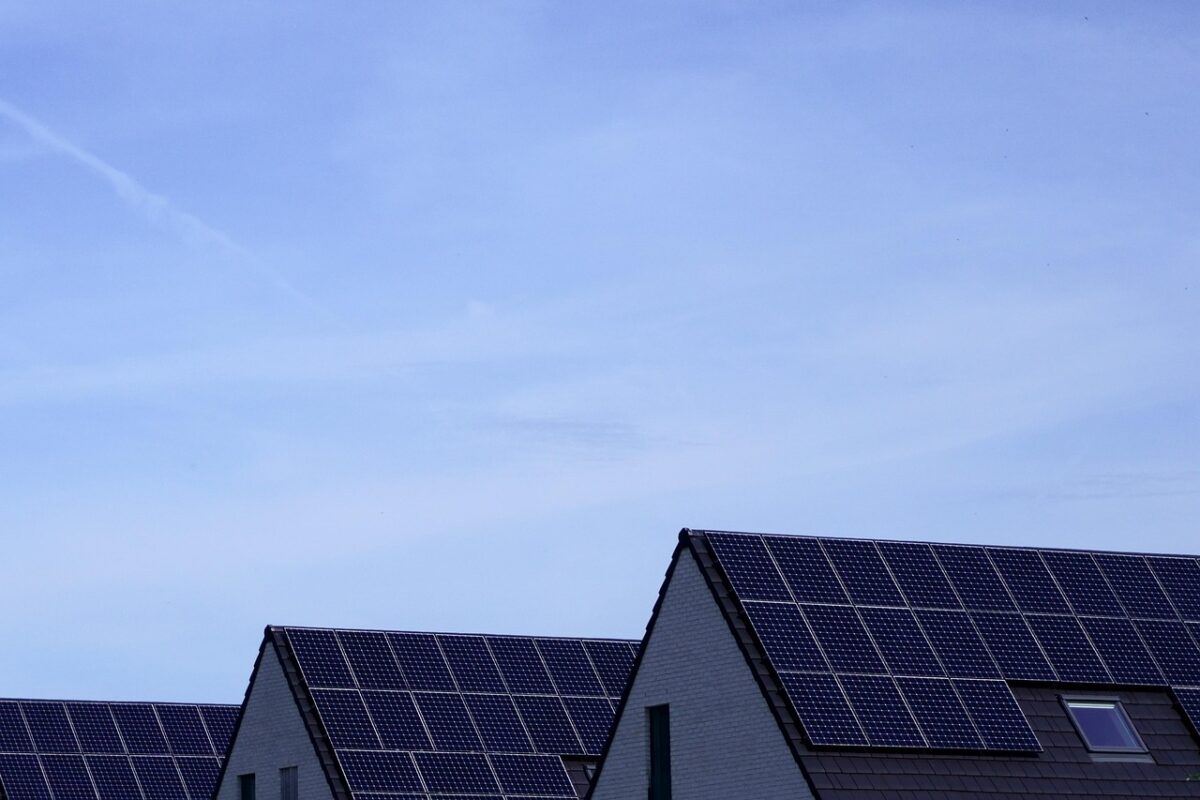Newly established ES Foundry kicked off its operations as a solar cell manufacturer in the Untied States with a ribbon cutting ceremony on Friday, Jan. 31, in Greenwood, South Carolina. The company is set to become the largest producer of high-quality crystalline silicon photovoltaic (PV) solar cells in the United States.
Located on the Fujifilm campus in Greenwood County, the 400,000-sq-ft ES Foundry facility produces crystalline bifacial passivated emitter and rear contact (PERC) solar cells. The facility ramped up to its first phase of operations in about seven months, currently employs 125 people, and will produce 1 GW of solar cells per year. However, as the company implements its second phase, the facility will expand to 500 employees and produce 3 GW by Q3 2025.
ES Foundry CEO and founder Alex Zhu said he chose the Greenwood location because of the local manufacturing base and the existing Fujifilm infrastructure. On Jan. 15, ES Foundry announced its first GW+, multi-year contract with a “top-tier solar module manufacturer,” and Zhu expects to announce additional partnerships to supply U.S. module manufacturers in the weeks ahead.
Zhu explained that U.S.-made solar cells are crucial for module manufacturers to take advantage of the domestic content tax credits laid out in the Inflation Reduction Act.
“The key thing when they talk about domestic content, especially with the new safe harbor laws, without the cell, it’s impossible to get the domestic content tax credit,” he said. “You need to not only have the module, but you need the cell as well.”
The majority of the supplies to make solar cells are silicon wafers, silver paste, aluminum paste and various chemicals and gases. Zhu said that ES Foundry sources all the necessary chemicals and gases from the United States. However, the wafers are imported.
“There is no wafer manufacturing in the United States, so that is sourced from Southeast Asia,” said Zhu, who added that expected tariffs will likely impact ES Foundry’s production costs. He explained that wafer prices from Southeast Asia are already low with no margin to offset the tariffs.
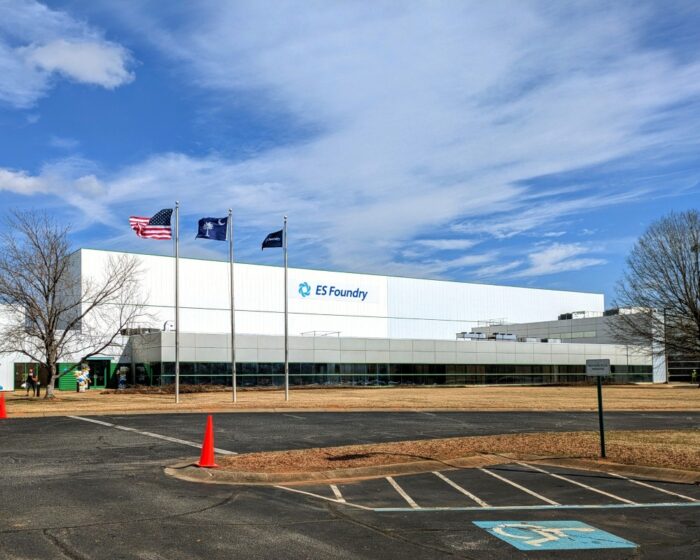
Supporting local jobs
ES Foundry is a boon for local jobseekers. With company looking to add hundreds of new employees this year, students at the local technical college and former local chemical plant employees are being groomed to adapt their skills to the solar industry.
“The facility’s strategic location in Greenwood highlights ES Foundry’s dedication to supporting local communities, generating high-quality jobs and driving regional economic development,” added Zhu.
ES Foundry’s new manufacturing facility represents a significant milestone for South Carolina’s economy and the state’s growing solar sector. According to the Carolinas Clean Energy Business Association (CCEBA), the solar industry’s economic impact in South Carolina is expected to increase nearly fourfold by 2035, with projections showing a rise in annual economic activity from $306.6 million in 2024 to almost $1.4 billion by 2035. This surge will support the creation of 3,315 permanent jobs, generating $260.9 million annually in labor income.
“To say that Greenwood, South Carolina, was chosen to be the home of what will quickly become the largest U.S.-based pure play solar cell manufacturer is the ultimate testimony to the attractiveness of our community for investments in innovative and sustainable technologies,” James Bateman, Economic Development Director, Greenwood County. “The speed at which ES Foundry has converted a legacy facility to cleanroom operations and scaled employment to deliver 1 GW production capacity is proof positive of a bright future together as the solar industry experiences exponential growth.”
By contributing to this growth through its state-of-the-art facility, ES Foundry will play a pivotal role in helping the state realize the cumulative $19 billion economic impact projected for the solar industry by 2035. This will reinforce South Carolina’s position as a leader in clean energy production and innovation.
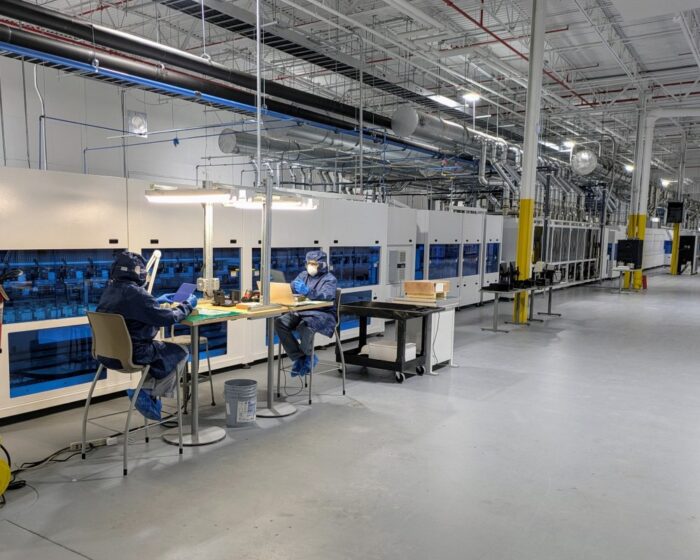
Breaking the barrier
Zhu credits the IRA for providing support and incentives to build the ES Foundry facility in South Carolina. He wants to prove that American manufacturing can “compete and win on a global scale.”
“We want to be an example,” Zhu said. “Sometimes you have to break the barrier, and you have to believe in your people. We have to get away from the old style of doing manufacturing.”
The ribbon cutting ceremony included a factory tour for attendees. The state-of-the-art facility uses a “clean room” environment, where workers wear protective clothing and enter through an “air shower” to remove contaminants. Part of the facility is cordoned off as ES Foundry is actively expanding production capabilities for phase two.
To make a solar cell, a raw wafer is taken through multistep process that includes cleaning and inspection, diffusion, laser texturizing, oxidation, coating, and screen printing. The diffusion process is what makes the cell considered a U.S.-made product.
This new plant plays a critical role in advancing the Solar Energy Industries Association (SEIA)’s goal of 100 GW of renewable energy manufacturing capacity, including 50 GW of solar production by 2030.
“Today, we are not just celebrating a factory, we are forging a path to a more sustainable, energy-secure future for America,” Zhu said. “Our advanced solar cells are engineered and manufactured right here in the United States, ensuring reliability, efficiency and the opportunity to maximize financial incentives for our partners.”
ES Foundry’s crystalline bifacial PERC solar cells are designed to meet the escalating demand for domestically manufactured solar modules. Unlike emerging technologies that face challenges with scalability and durability, PERC cells provide a proven, cost-effective solution for developers and asset owners, tax equity providers and panel manufacturers. The company produces solar cells domestically, enabling its partners to unlock additional Investment Tax Credit (ITC) benefits for domestic content.
“SEIA congratulates ES Foundry for opening this new facility, which will play a critical role in ensuring the United States is the dominant global solar manufacturing leader,” said Abigail Ross Hopper, president and CEO of the Solar Energy Industries Association. “This facility is an example of how we combine good policy with business innovation to deliver for American workers, support the local economy and strengthen our nation’s energy security.”
Tags: domestic content, solar cells, supply chain


